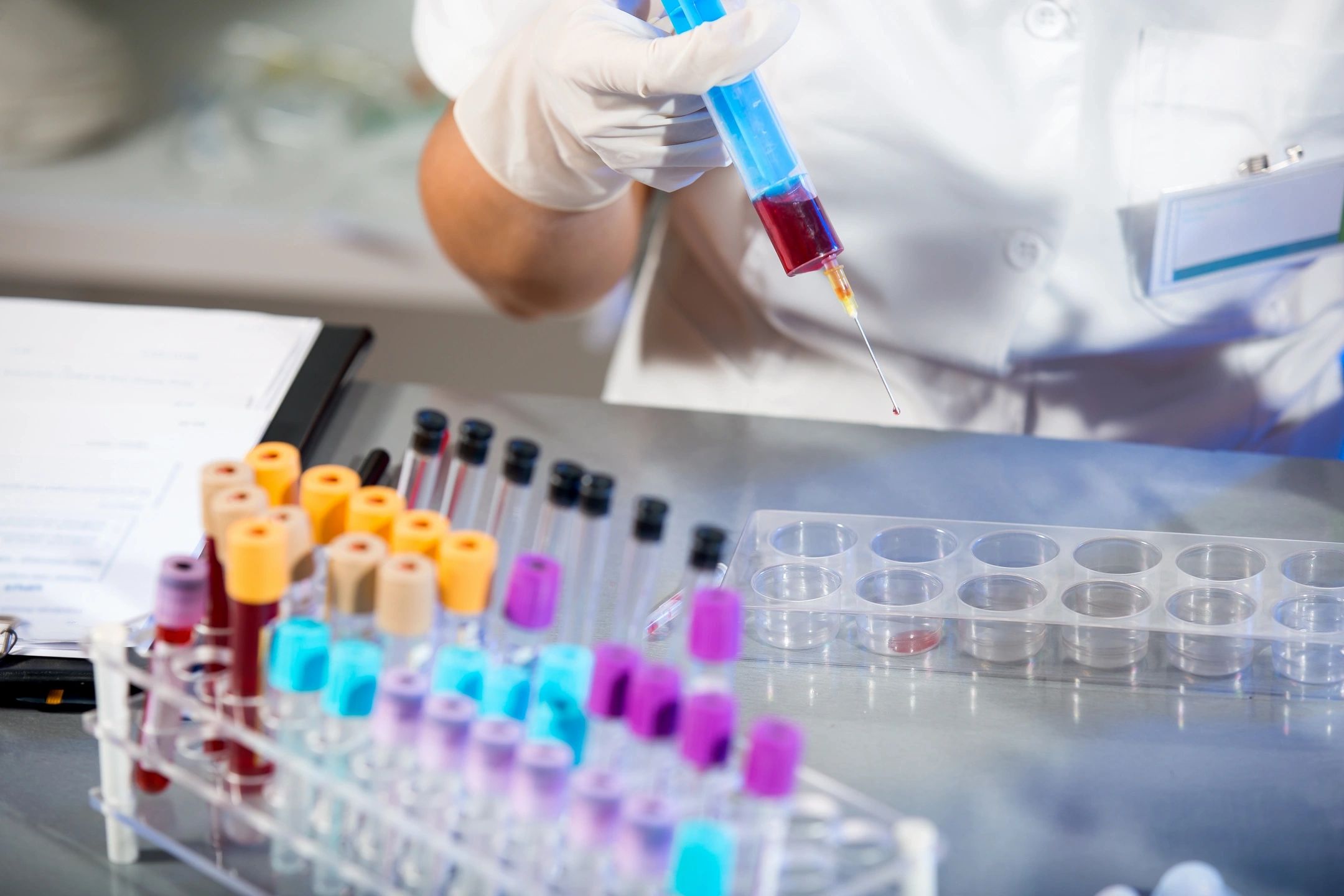One of the most common questions we hear is, “How will I know if I am in menopause?” As you likely already know, that is not a simple yes-or-no question.
Menopause is defined clinically as 12 months of amenorrhea or absence of menstruation. That seemingly straightforward definition, however, masks a complex condition affecting millions of people. With an average age of onset of 47 years old, perimenopause—the transition period from fertility to menopause—can only be diagnosed in retrospect by considering a set of wide-ranging, somewhat vague symptoms.
Given the ambiguity and interpretation required in menopause diagnosis, a simple test that could definitively state whether someone has reached menopause or not would be extremely helpful for clinicians and patients alike. Medical practitioners can use some hormone tests to gather information about your reproductive status, but none provide the definitive answer we’d like them to.
Follicle Stimulating Hormone (FSH)
Before menopause, ovarian follicles (immature eggs) produce an inhibin B hormone, which keeps follicle-stimulating hormone (FSH) levels low. That is, except for a sharp surge, which serves as the trigger for ovulation. However, as perimenopause is entered, fewer and fewer ovarian follicles produce inhibin B, meaning that FSH levels are less and less regulated. A rising FSH level is one of the primary hormonal hallmarks of perimenopause.
FSH can be a biomarker in a blood or urine test; some are commercially available as at-home kits. These assays are sometimes employed as diagnostic support for women experiencing menopause symptoms. In general, however, FSH tests are not considered very useful for diagnosing menopause.
During perimenopause, the levels of FSH in your blood can fluctuate rapidly and massively. FSH levels can also be affected by contraceptives, breastfeeding, and some medicines, such as selective serotonin reuptake inhibitors. Doctor Stephanie S. Faubion of the Mayo Clinic told me that hormone levels can vary significantly even daily, making obtaining reliable and useful test results nearly impossible.
The situation regarding tests for estrogen is much the same as that for FSH.
Luteinizing Hormone (LH)
Before perimenopause, luteinizing hormone (LH) functions very similarly to and synergistically with FSH. A steep spike in LH helps trigger ovulation, but its levels are otherwise kept low due to the action of other hormones released by ovarian follicles. With perimenopause, just like with FSH, LH levels increase as there are fewer active ovarian follicles. While this change can be detected on a test, constantly fluctuating hormone levels make obtaining reliable readings and getting useful data even more difficult.
Anti-Müllerian hormone (AMH)
Anti-Müllerian hormone (AMH) is a convenient marker for evaluating fertility. As ovarian follicles produce AMH, it is present only until menopause. Therefore, a test can typically assess AMH levels as a measure of fertility or how close one is to menopause. However, it relies on comparing your levels to population averages, so it’s unreliable.
When are they useful? When are they not?
While we have high hopes for the practicality of hormonal tests to diagnose menopause, at present, they are falling short of our expectations. As Doctor Susan Baxter from Simon Fraser University told me, these tests “aren’t especially effective.” Due to the numerous causes of hormone fluctuations, from medications to stress, reliable numbers are hard to come by—a meaningful interpretation is even harder.
Essentially, these tests find use only for women with a hysterectomy. As changes in menstruation can’t be used as a diagnostic clue, hormonal tests can help diagnose menopause for these individuals.
In some cases of suspected early-onset perimenopause, hormonal tests can be useful, but readings must be repeated to account for individual-level fluctuations.
Blood tests are not the favored diagnostic method for perimenopause. Instead, the diagnosis of menopause should be made from a combination of factors, with most emphasis being placed on the pattern of periods and presence of menopausal symptoms such as hot flashes (seen in up to 80% of menopausal women!), sleep disturbances, mood symptoms, and vaginal dryness.
Even if hormonal tests do indicate elevated FSH or LH, that alone is insufficient to diagnose menopause in the absence of other symptoms and factors. A high FSH level should not be used to diagnose menopause for contraception!
Bottom line
While we never know what the future of medical technologies and discoveries holds, for the time being, it seems that blood and urine hormone tests for diagnosing menopause are useful only within a very narrow set of specific circumstances.
Doctor Heather Currie, MB BS, from Menopause Matters summarized the outlook on blood tests for menopause in her email: “Blood tests are not recommended to diagnose menopause or perimenopause in women aged 45 and over. [Hormone] levels fluctuate and bear no relation to the presence or not of symptoms or on treatment requirements.”
If you want an even more succinct takeaway, consider this quote from UpToDate, the medical resource doc tors use—” Although serum FSH is often measured, it offers no additional information and may be misleading.”


Leave a Reply